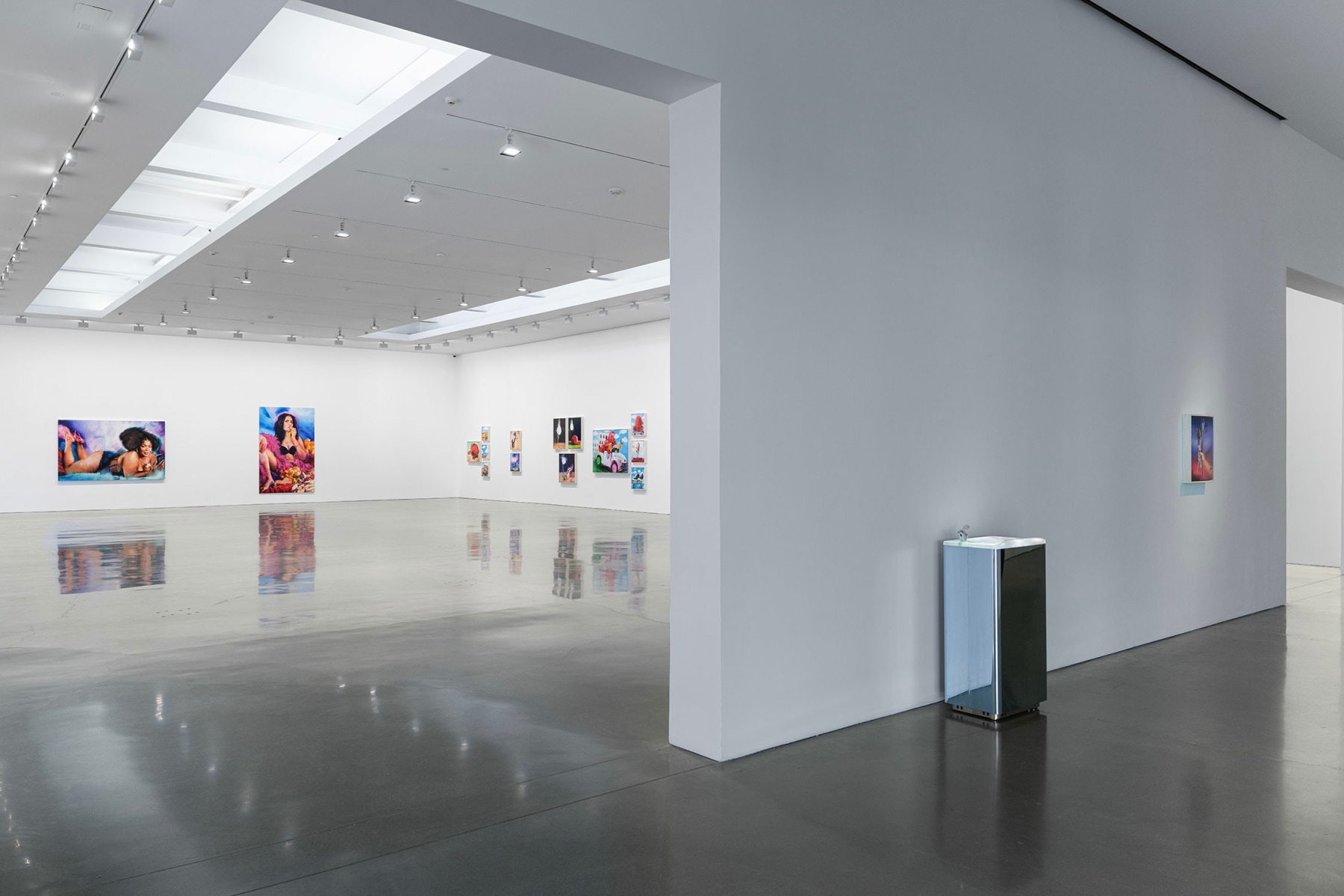
Installation view of Marilyn Minter
Regen Projects, Los Angeles
November 6 – December 20, 2025
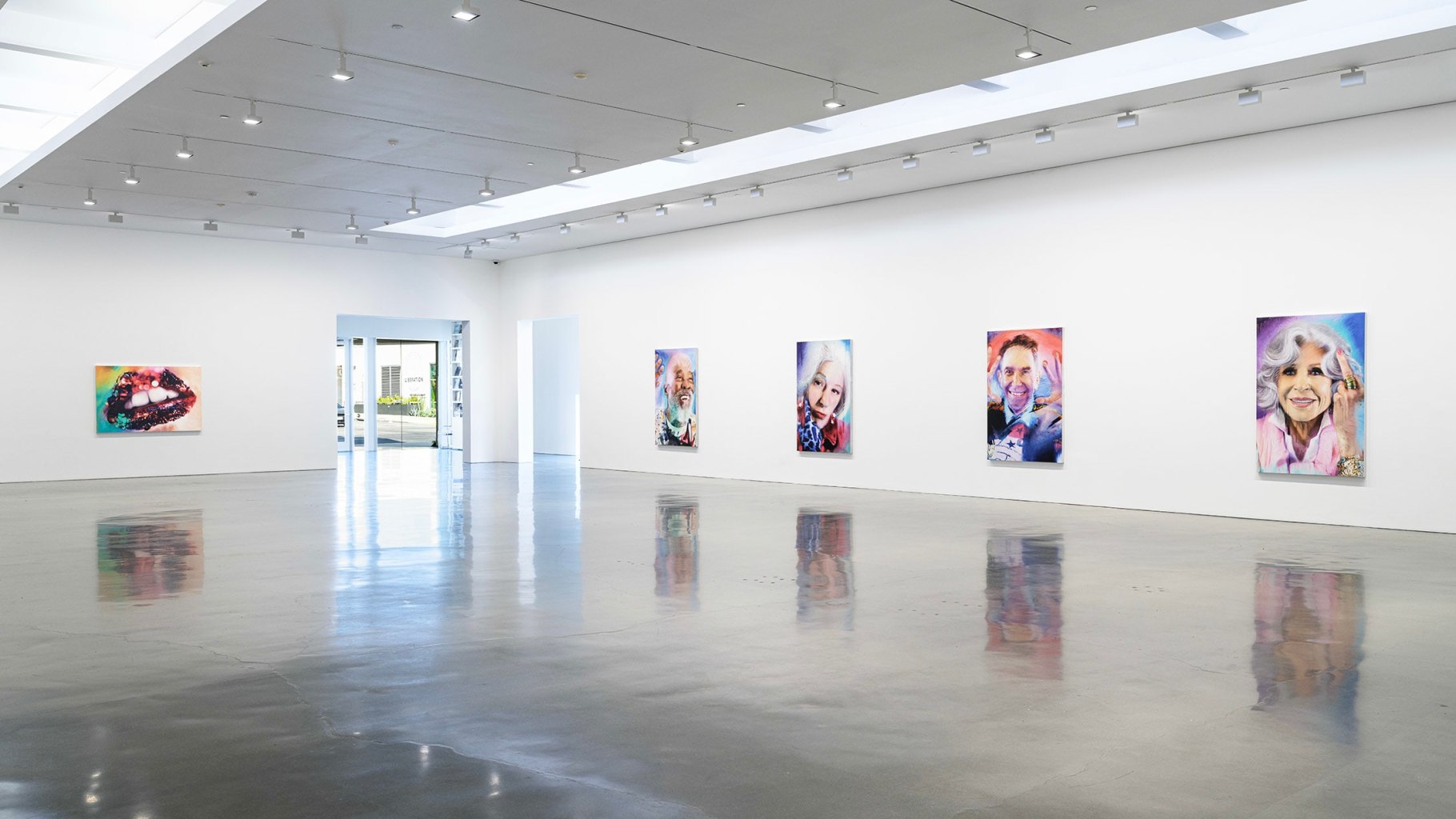
Installation view of Marilyn Minter
Regen Projects, Los Angeles
November 6 – December 20, 2025
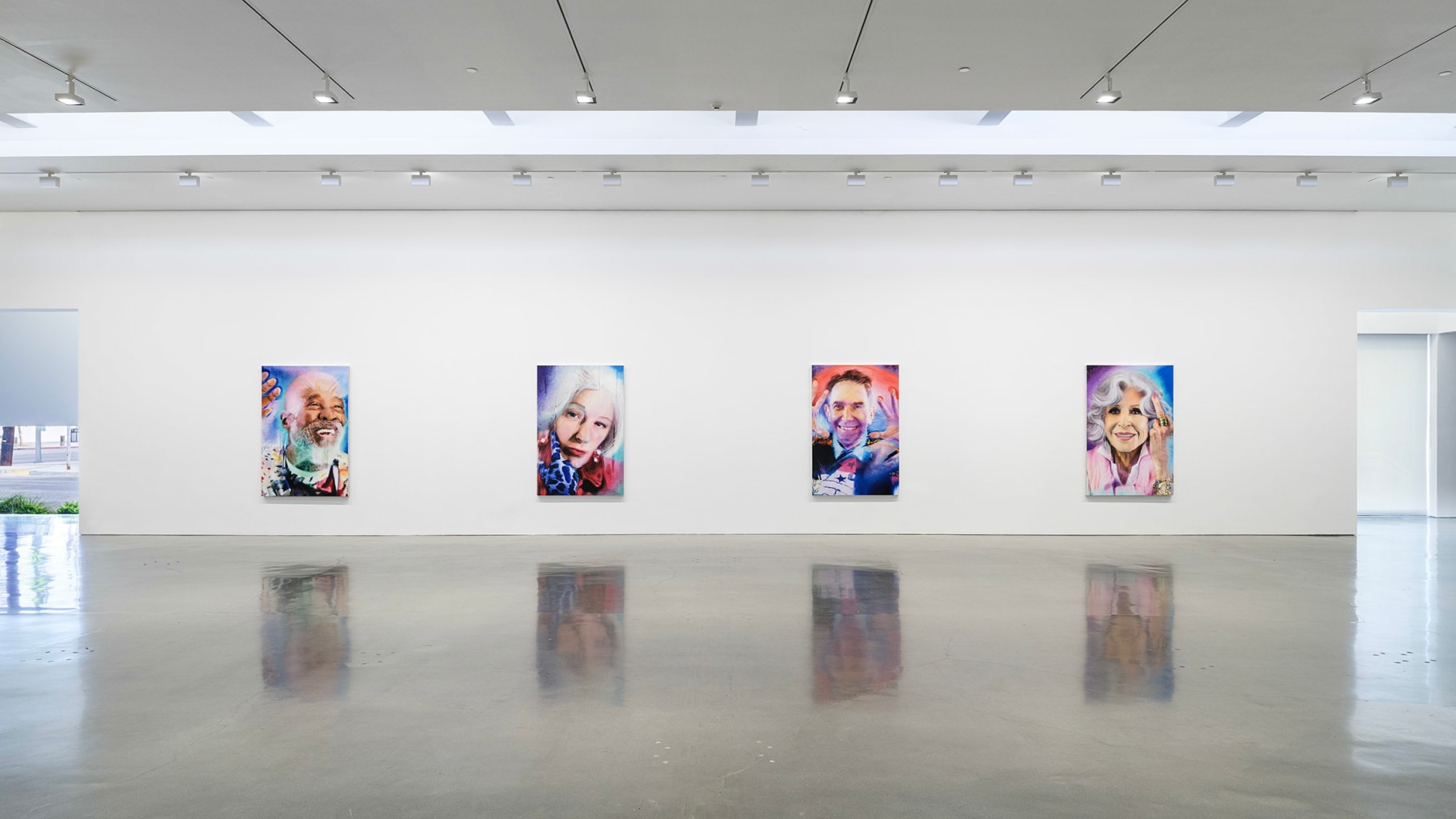
Installation view of Marilyn Minter
Regen Projects, Los Angeles
November 6 – December 20, 2025
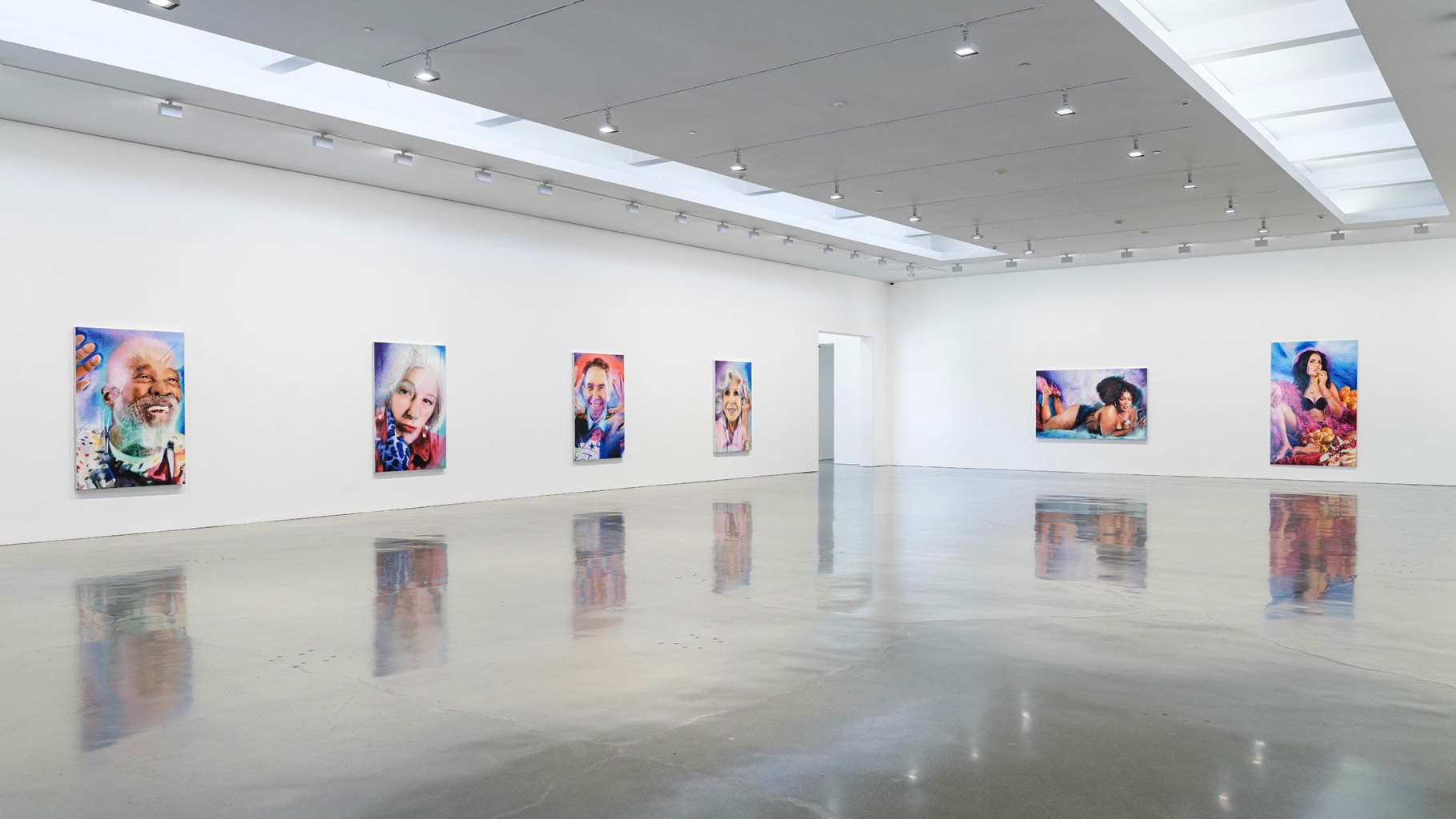
Installation view of Marilyn Minter
Regen Projects, Los Angeles
November 6 – December 20, 2025
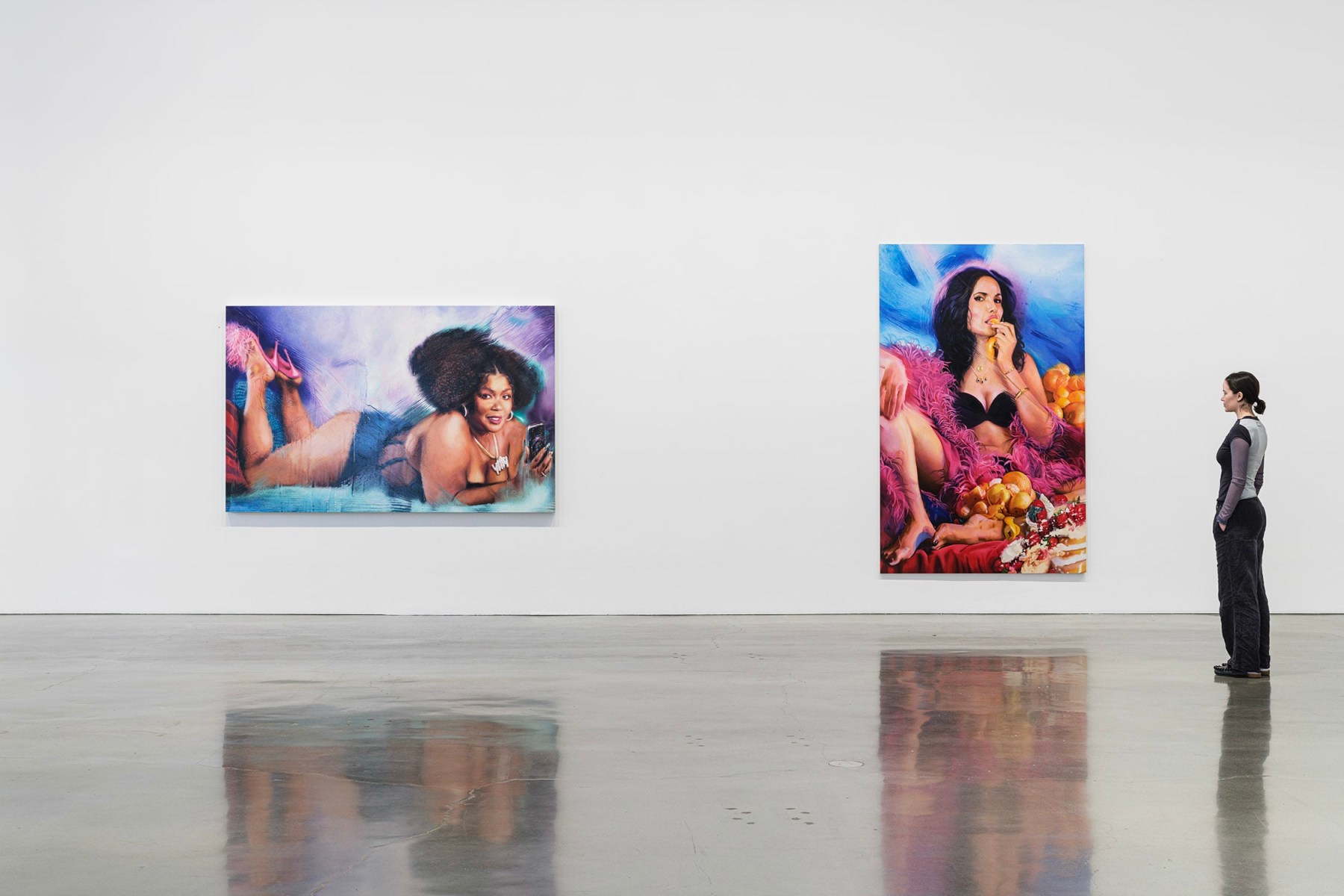
Installation view of Marilyn Minter
Regen Projects, Los Angeles
November 6 – December 20, 2025
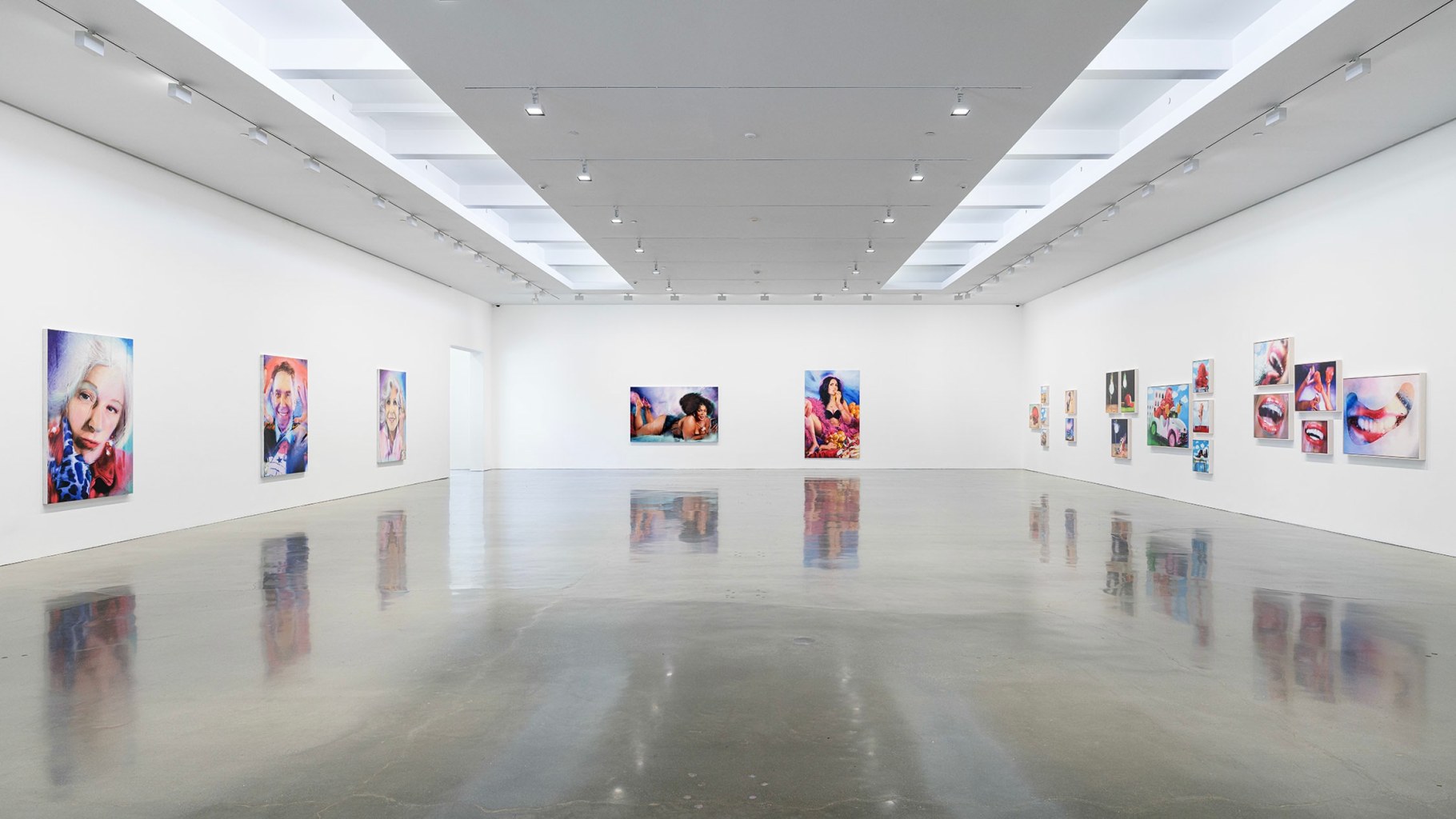
Installation view of Marilyn Minter
Regen Projects, Los Angeles
November 6 – December 20, 2025
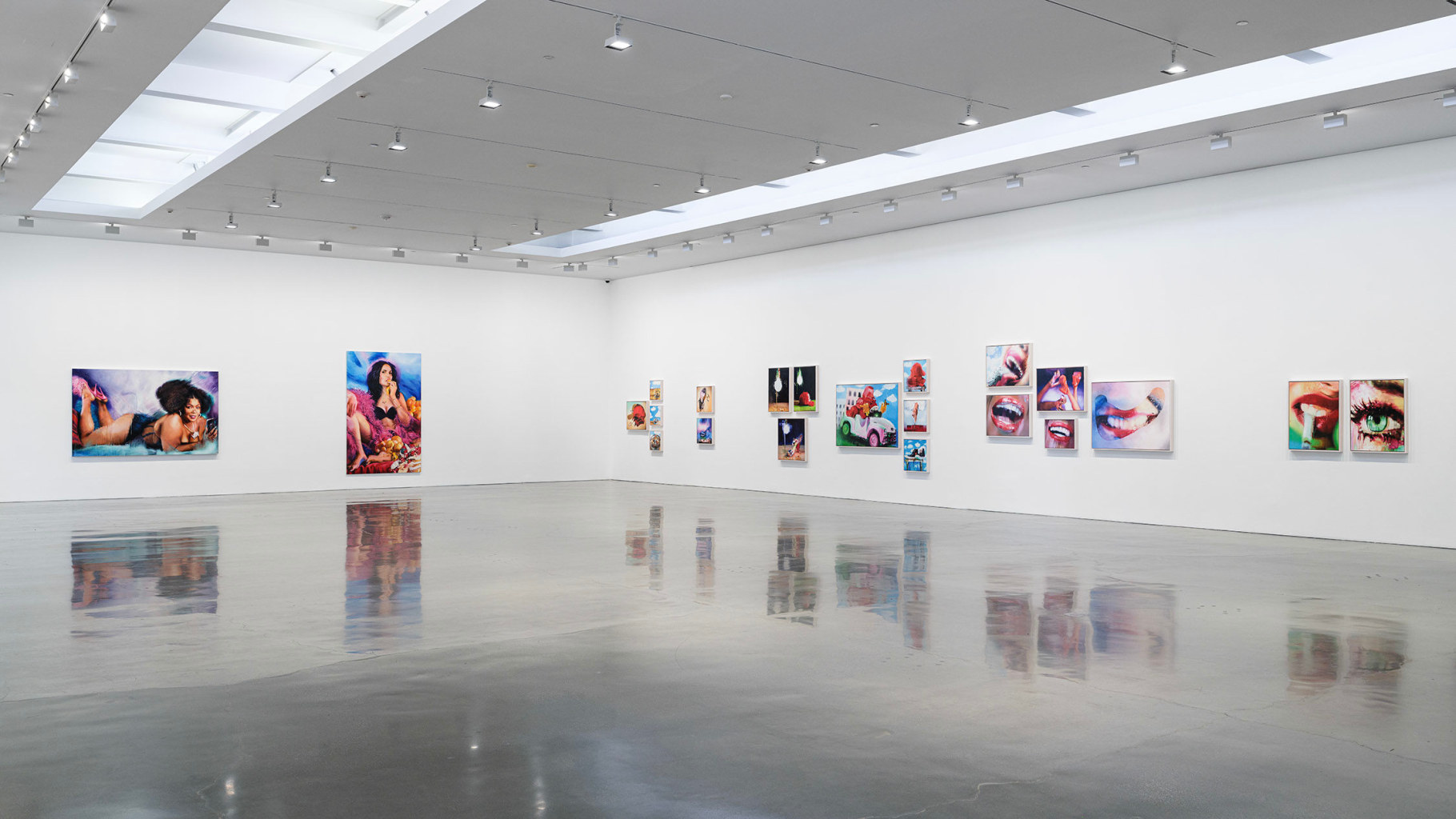
Installation view of Marilyn Minter
Regen Projects, Los Angeles
November 6 – December 20, 2025
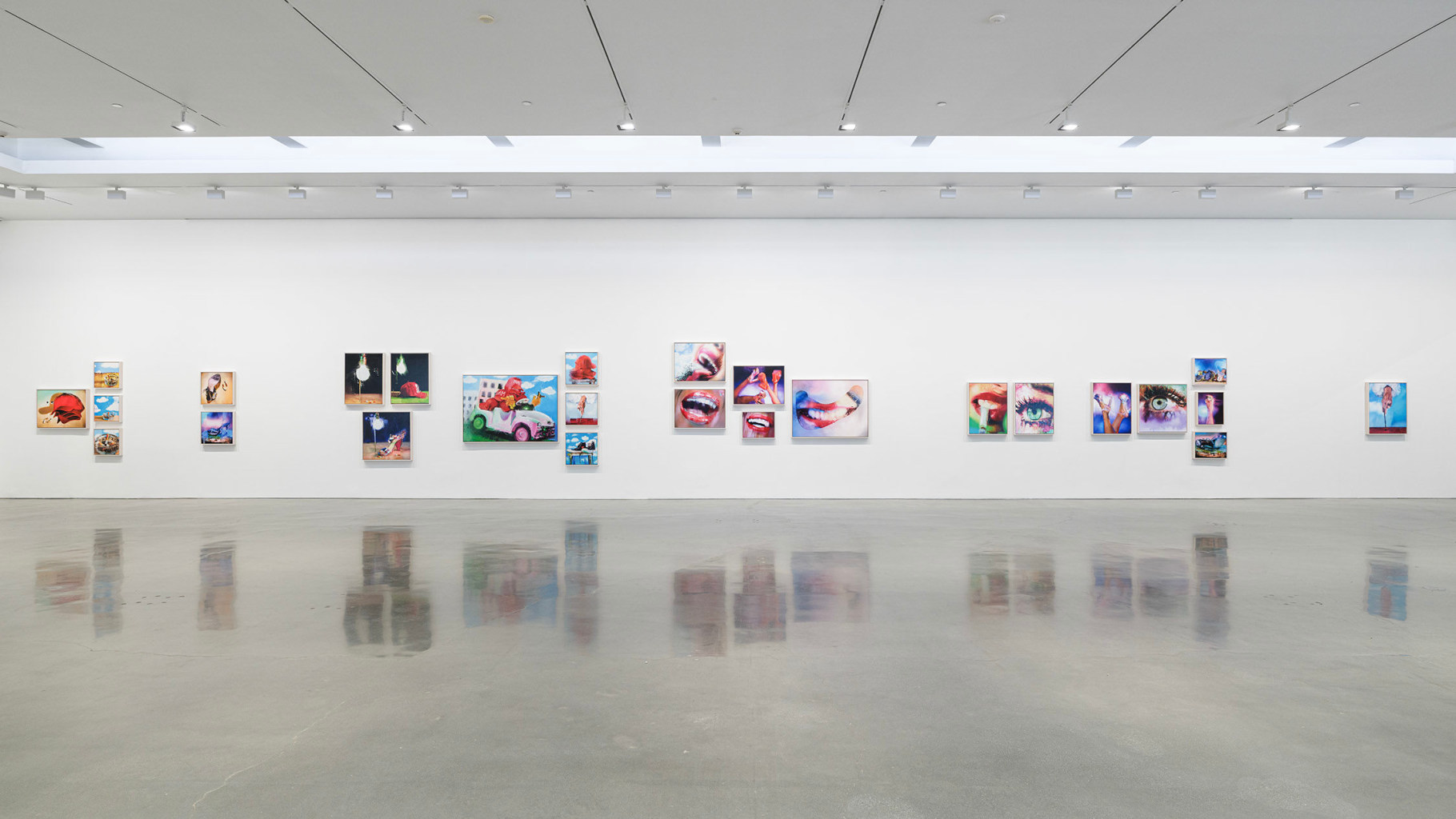
Installation view of Marilyn Minter
Regen Projects, Los Angeles
November 6 – December 20, 2025
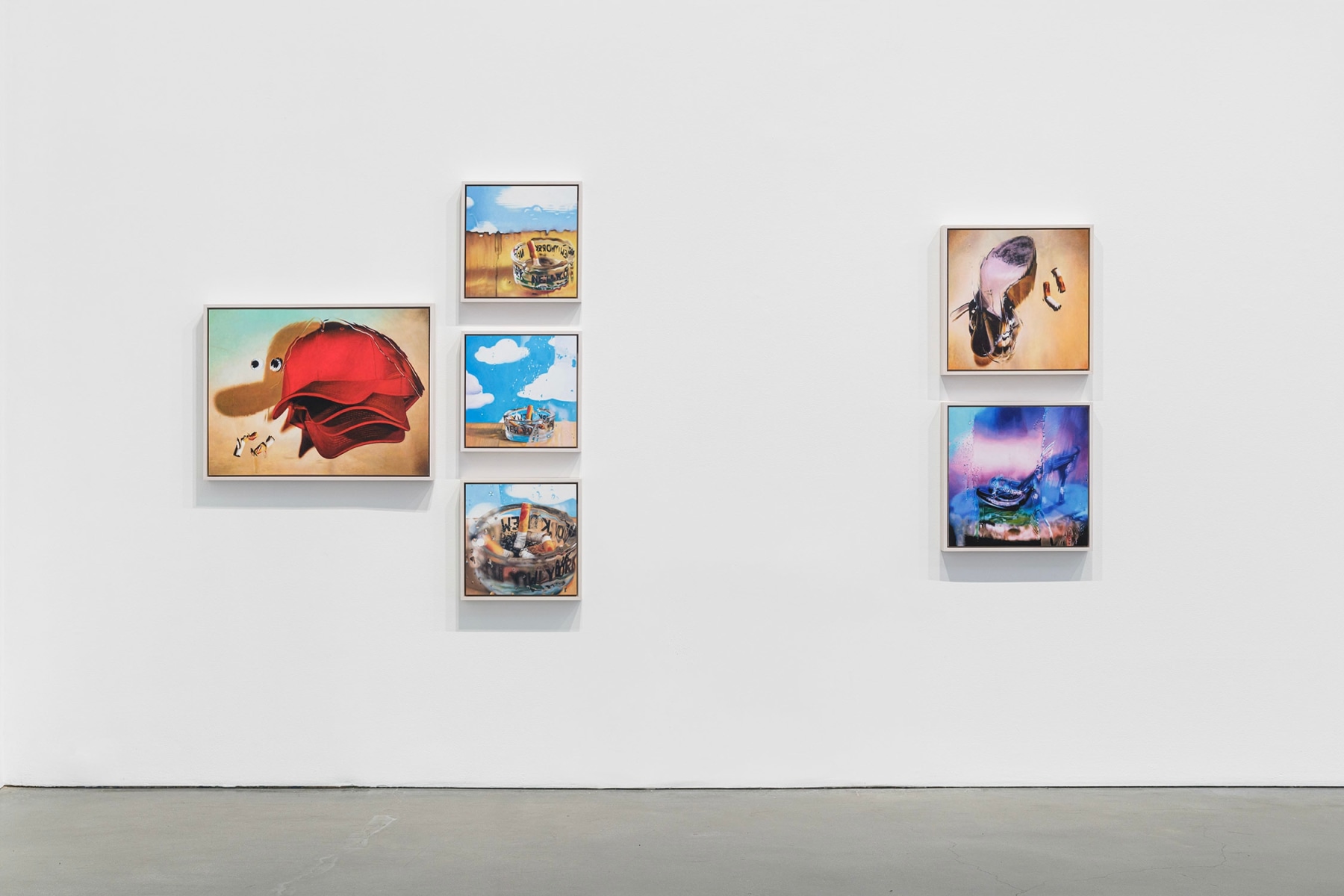
Installation view of Marilyn Minter
Regen Projects, Los Angeles
November 6 – December 20, 2025
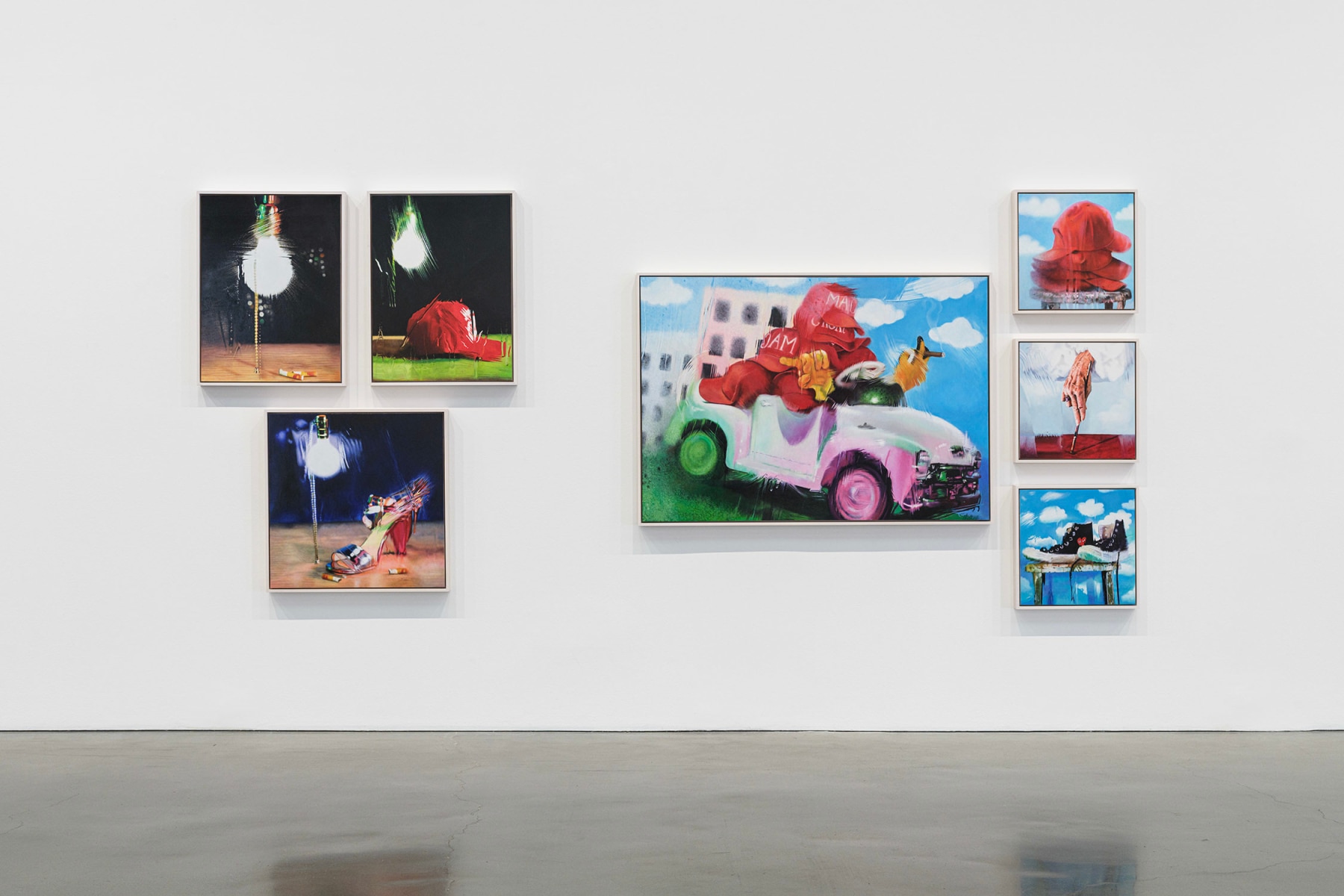
Installation view of Marilyn Minter
Regen Projects, Los Angeles
November 6 – December 20, 2025
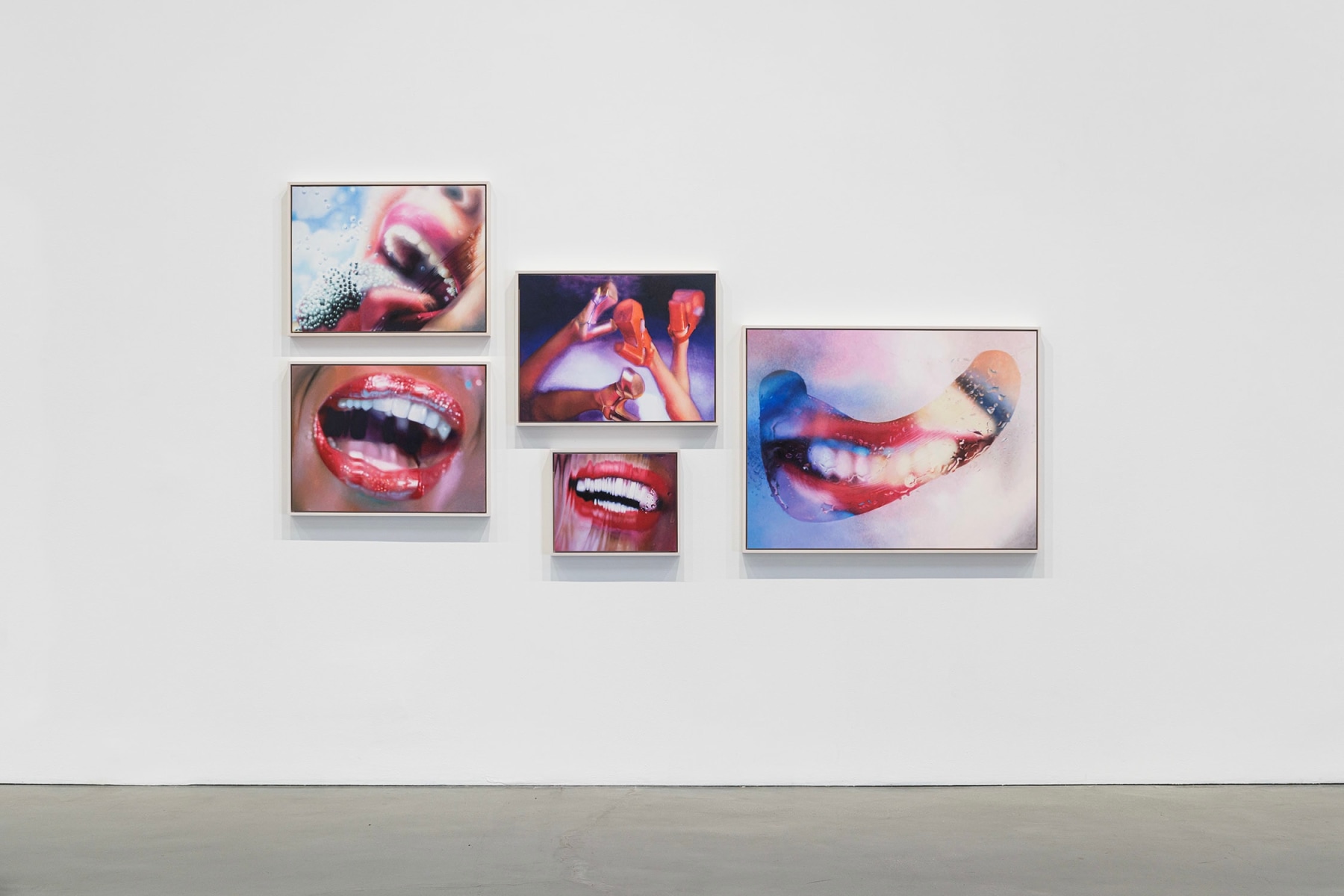
Installation view of Marilyn Minter
Regen Projects, Los Angeles
November 6 – December 20, 2025
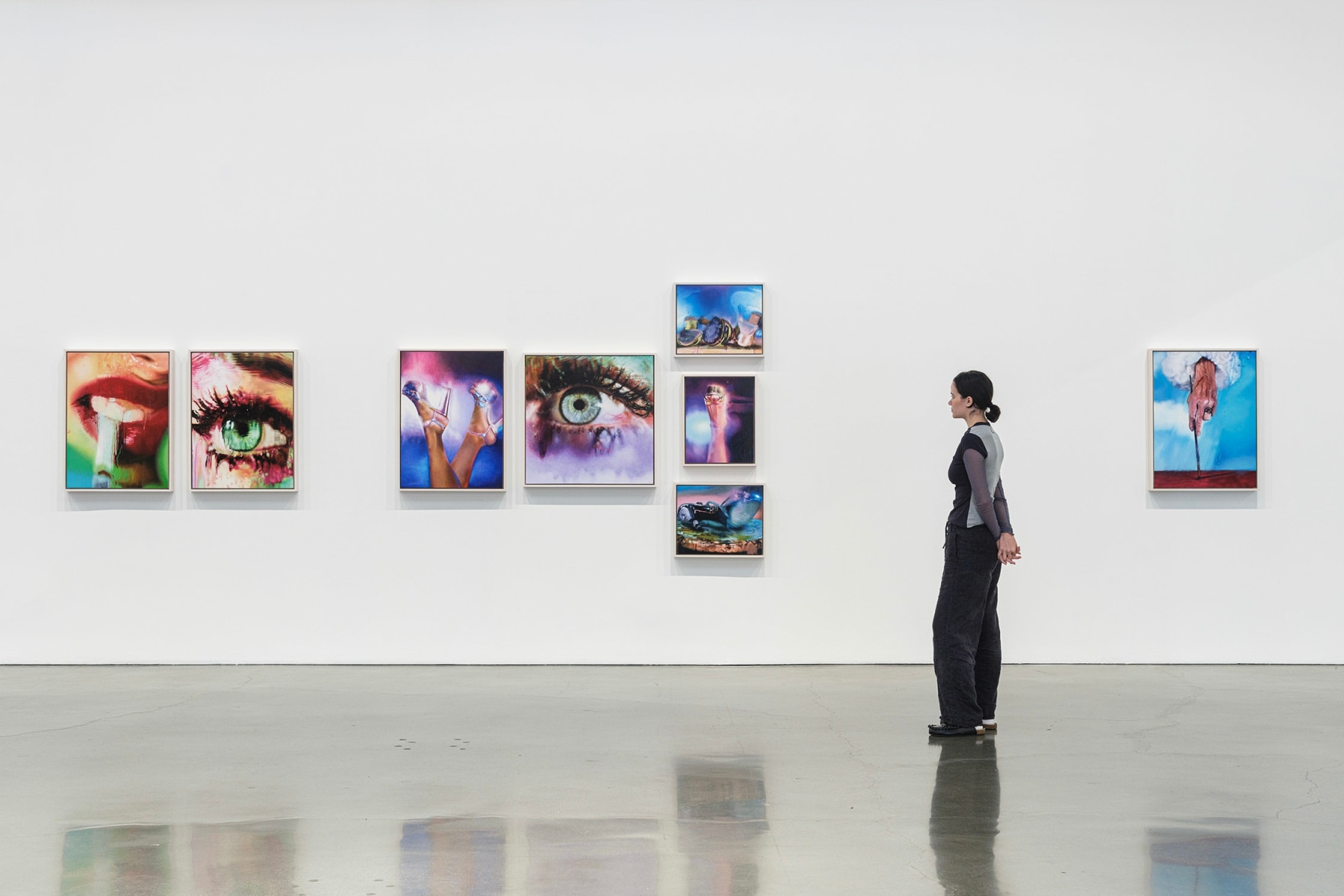
Installation view of Marilyn Minter
Regen Projects, Los Angeles
November 6 – December 20, 2025
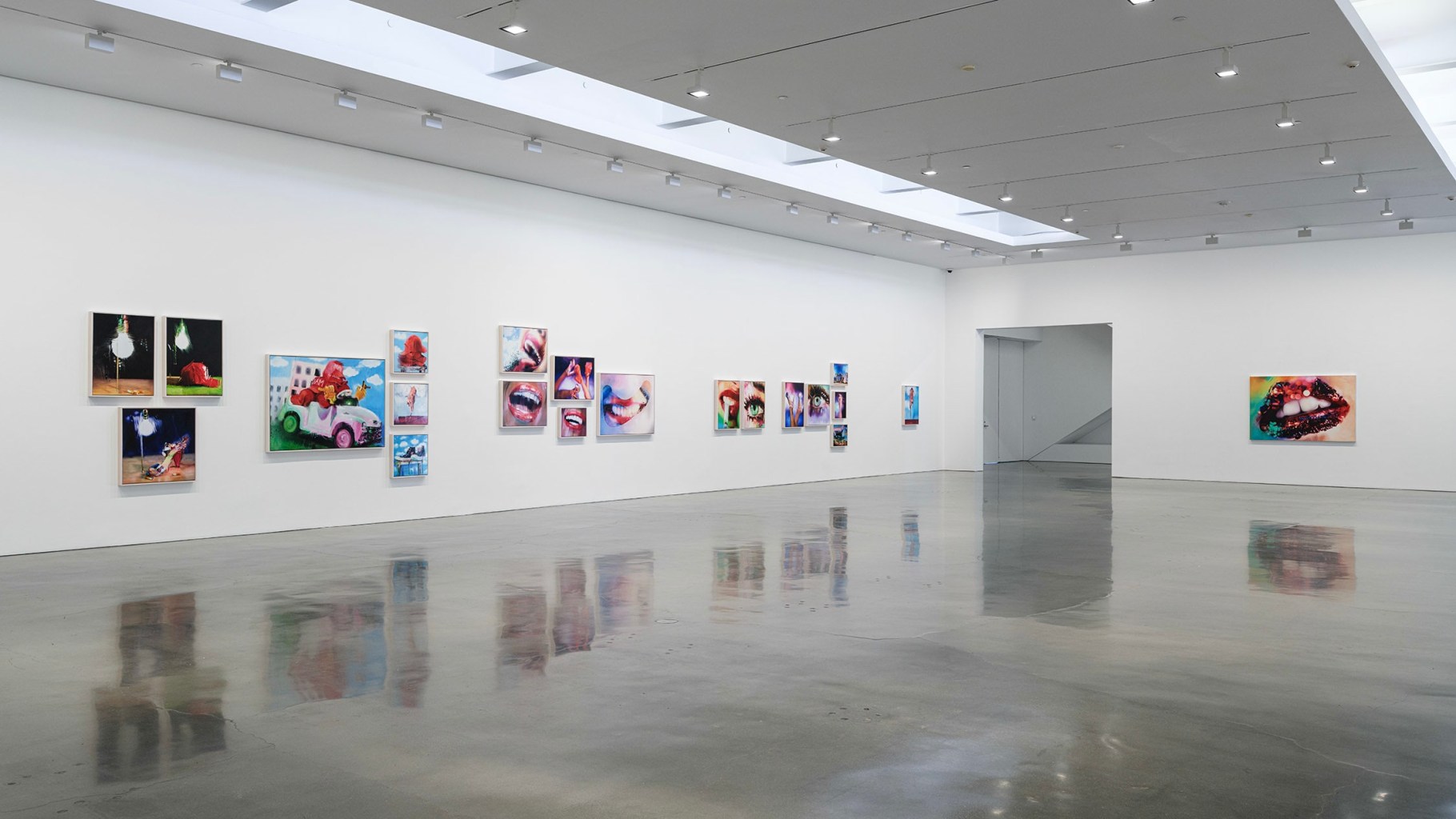
Installation view of Marilyn Minter
Regen Projects, Los Angeles
November 6 – December 20, 2025
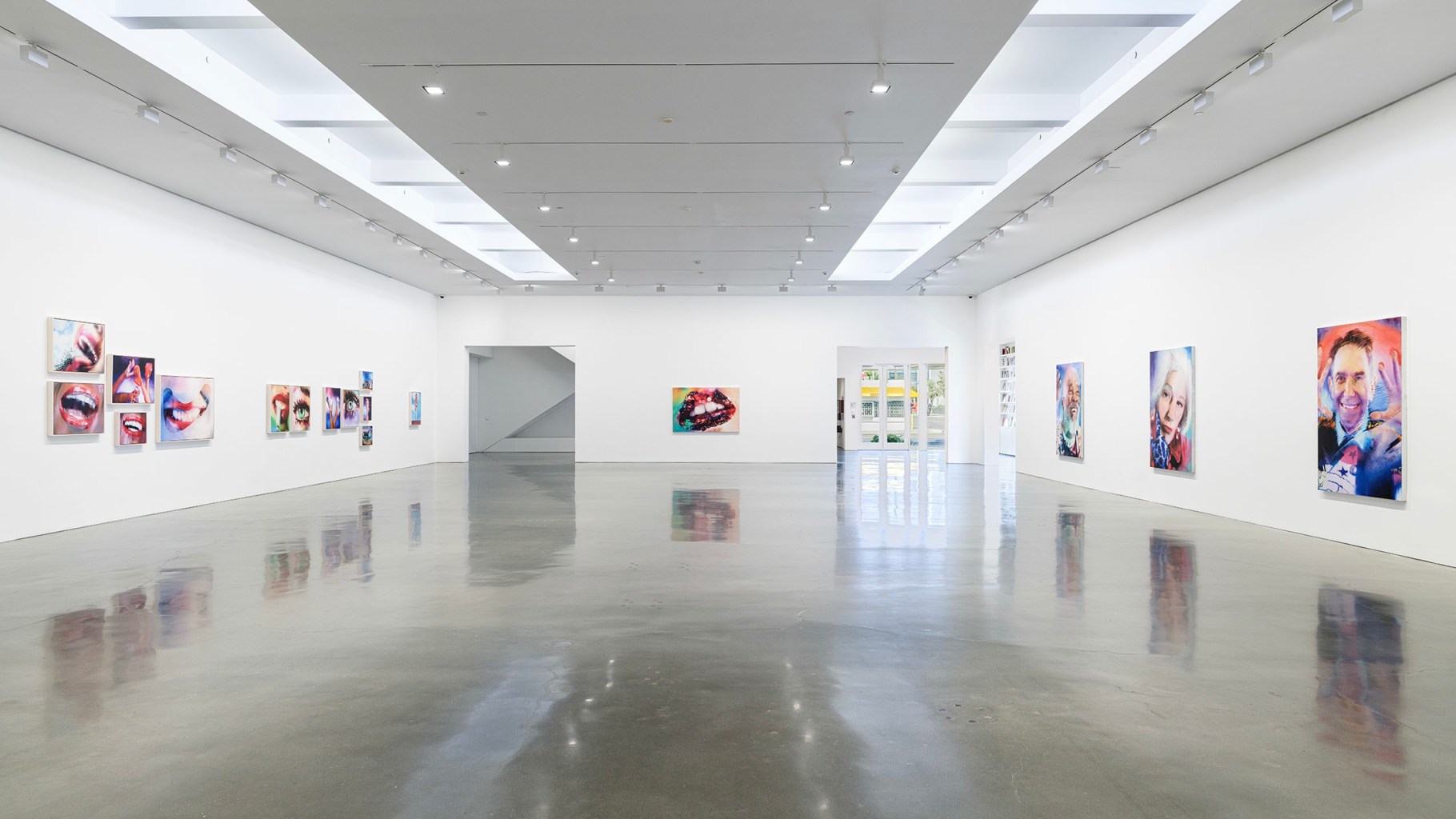
Installation view of Marilyn Minter
Regen Projects, Los Angeles
November 6 – December 20, 2025
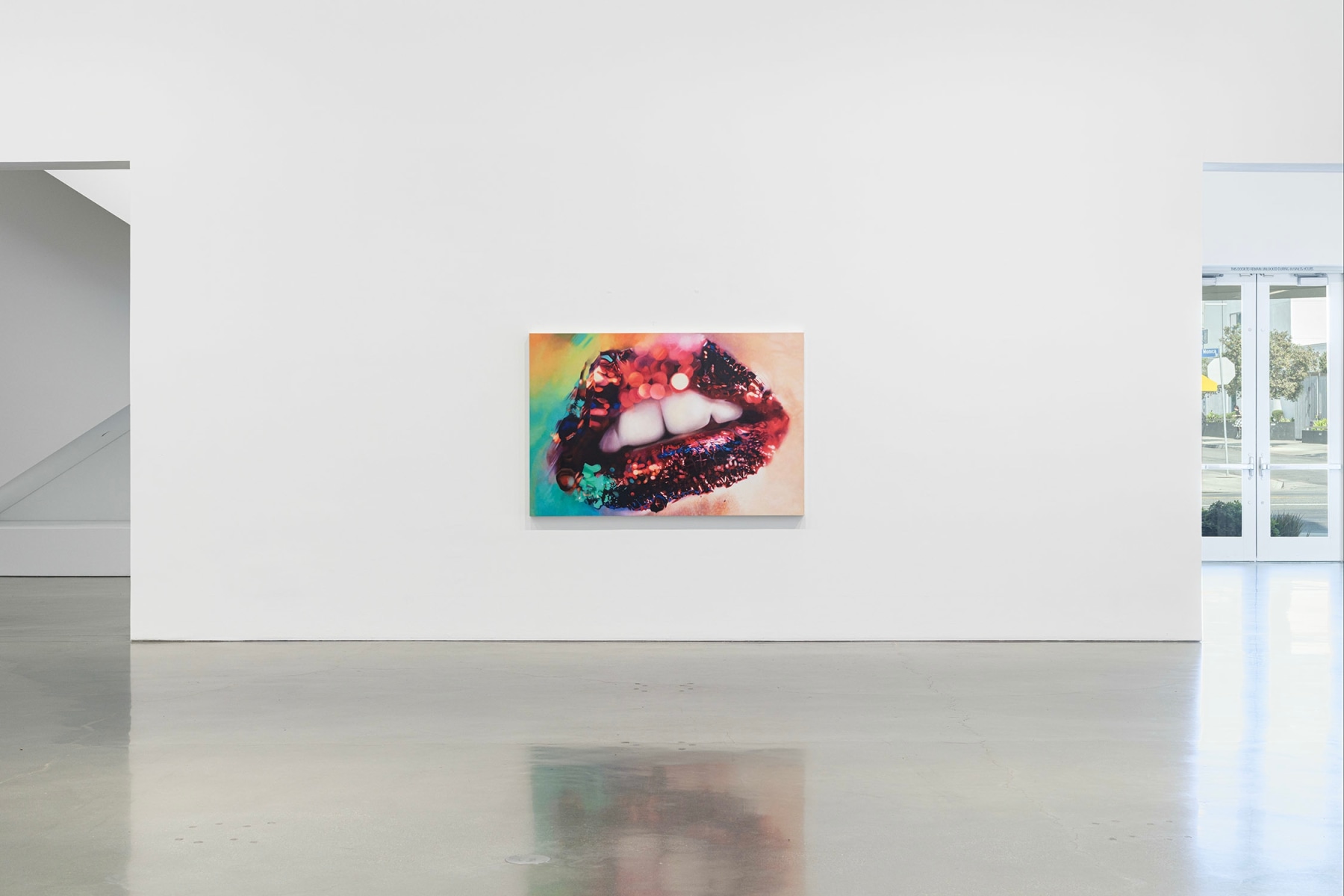
Installation view of Marilyn Minter
Regen Projects, Los Angeles
November 6 – December 20, 2025
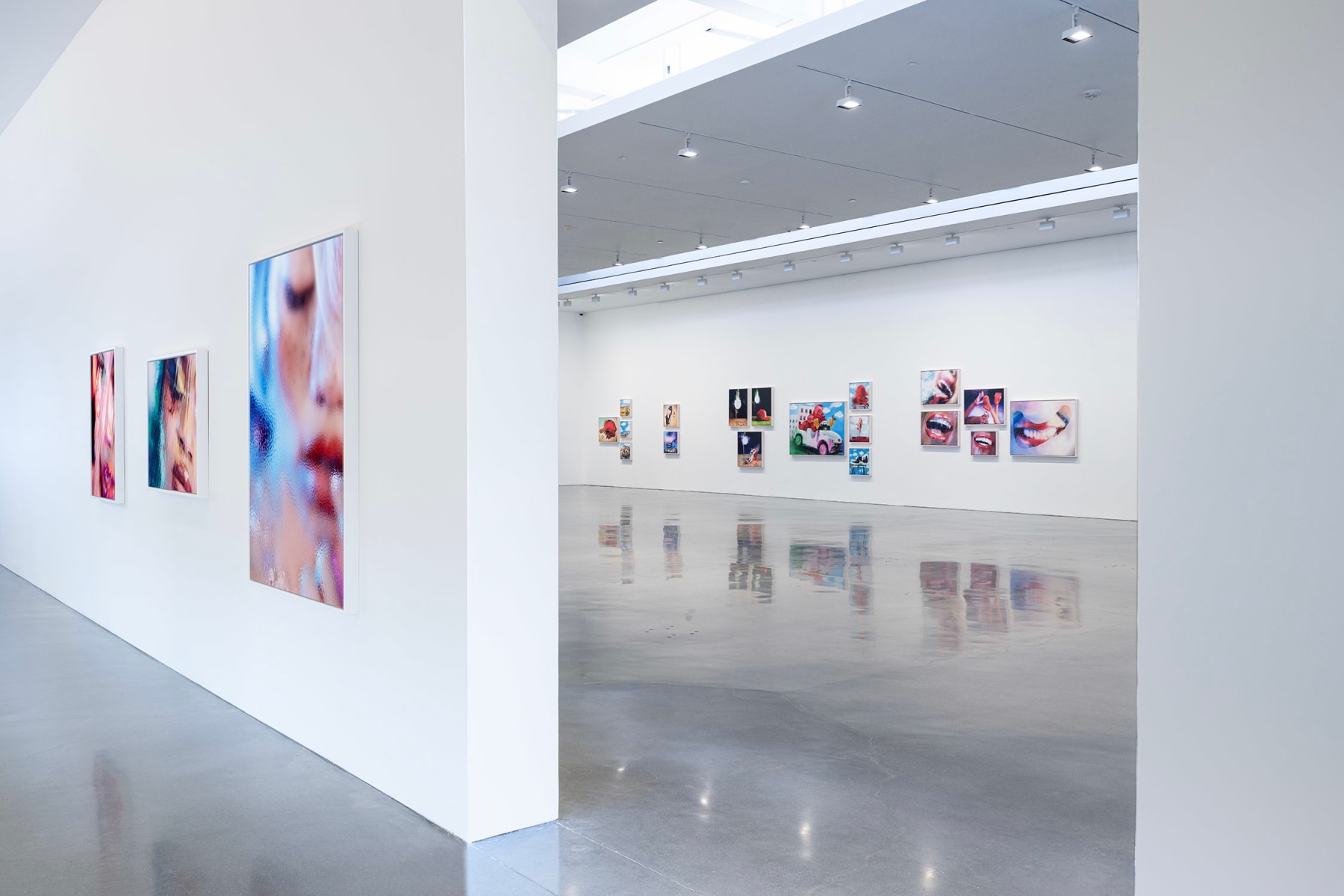
Installation view of Marilyn Minter
Regen Projects, Los Angeles
November 6 – December 20, 2025
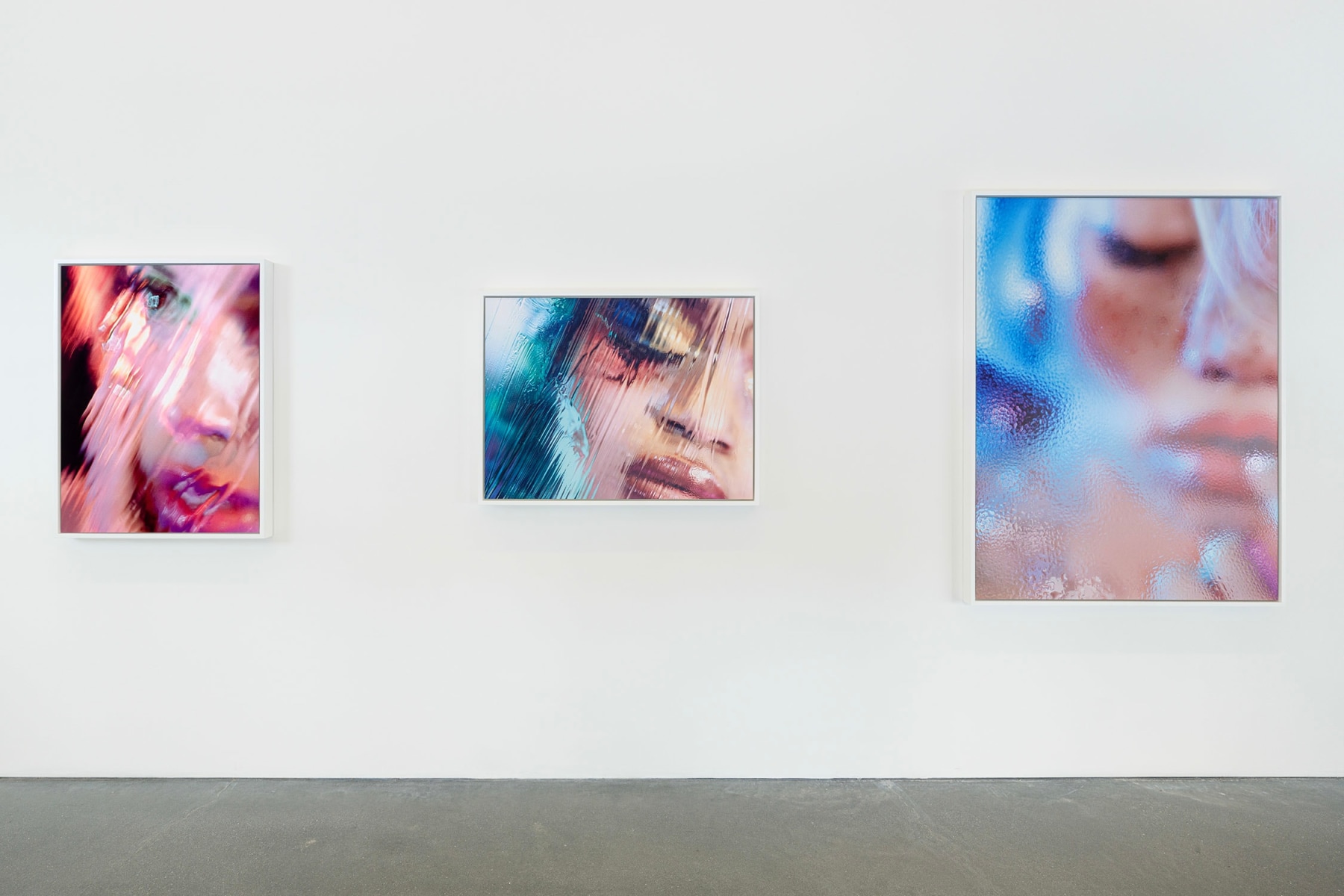
Installation view of Marilyn Minter
Regen Projects, Los Angeles
November 6 – December 20, 2025

















